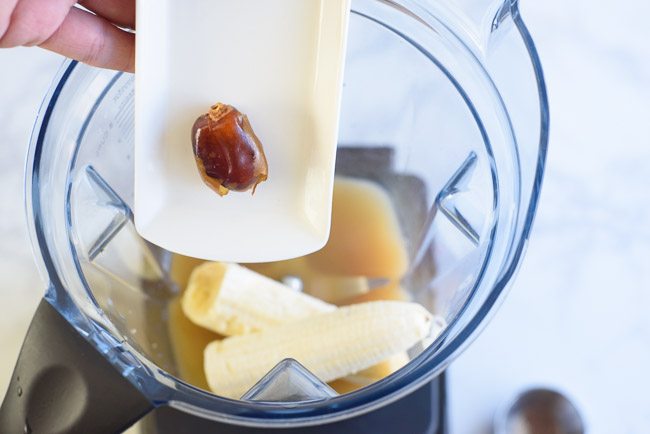For many kitchen enthusiasts, a blender is an essential tool. It helps in crafting delicious smoothies, soups, and sauces. However, encountering a problem like the blender blade not spinning can be frustrating. In this article, we’ll explore the common reasons behind this issue and provide practical solutions to get your blender back in top shape.

Understanding the Basics of a Blender
A blender is designed to mix, pure, or emulsify food and other substances. The spinning blade is a crucial component that ensures the blending process occurs smoothly. But what happens when the blade doesn’t spin?
Common Causes of a Stuck Blender Blade
Power Supply Issues
One of the first things to check is the power supply. Ensure that the blender is plugged in correctly and that the outlet is functioning. A faulty power supply can prevent the motor from starting.
Blade Obstruction
Food particles or debris lodged in the blade can halt its movement. Ensure that the blades are clean and free from any obstruction. Regular cleaning can prevent this issue.
Motor Malfunction
A malfunctioning motor can be another reason your blender blade is not spinning. Over time, motors can wear out, especially with frequent use. Listening for unusual sounds or excessive heat can be indicative of motor problems.
Practical Solutions to Fix Your Blender
Checking the Power Source
Ensure the blender is plugged into a working outlet. You can test the outlet with another appliance to confirm it’s operational. If the outlet is functional and the blender still doesn’t work, check the power cord for any visible damage.
Cleaning the Blender Blade
Detach the jar and clean the blades thoroughly. Use warm, soapy water and a brush to remove any food particles. Ensure the blades are dry before reassembling the blender.
Assessing the Motor
If you suspect a motor issue, it might be time to consult the manufacturer’s warranty or seek professional repair services. Motors can often be replaced if they are beyond repair.
Maintenance Tips for Your Blender
Regular Cleaning
Cleaning your blender after each use can prevent build-up and ensure smooth operation. A simple rinse with warm water can help, but a deep clean with soap should be done regularly.
Avoid Overloading
Blenders have specific capacity limits. Overloading can strain the motor and cause the blades to stop spinning. Always adhere to the manufacturer’s guidelines regarding maximum capacity.
Exploring Different Blender Models
Different blender models come with unique features. Understanding the specifics of your model can aid in troubleshooting issues like a non-spinning blade.
Choosing the Right Blender
When purchasing a blender, consider factors like power, capacity, and additional features. High-performance models are less likely to encounter issues due to their robust design.
Additional Resources and Expert Tips
Reading reviews and guides can help in maintaining your blender. Check out different types of blenders to understand which one suits your needs best.
Frequently Asked Questions
Why is my blender making a whining noise?
A whining noise can be caused by a loose blade or motor issues. Ensure that all components are tightly secured. If the problem persists, consult a professional.
Can I fix the blender motor myself?
While minor repairs can be done at home, fixing a blender motor requires technical expertise. It’s advisable to seek professional help to avoid further damage.
How often should I clean my blender?
It’s best to clean your blender after each use to prevent food build-up. A thorough cleaning with soap should be done weekly or bi-weekly, depending on usage.

Conclusion
Understanding why a blender blade is not spinning can save time and frustration. Regular maintenance and awareness of common issues can keep your kitchen companion working efficiently. For more tips on maximizing the use of your blender, explore fiber-rich blender smoothies and other delicious recipes.
This article contains affiliate links. We may earn a commission at no extra cost to you.

